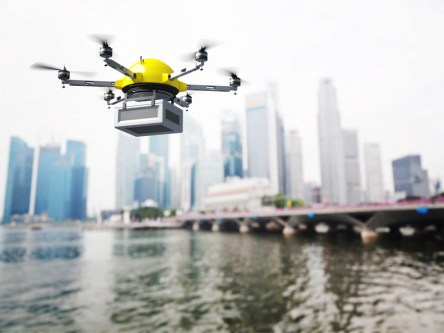The NAIOP Commercial Real Estate Development Association recently held its second annual E.Con in Atlanta, a conference dedicated to e-commerce innovation. During the two-day event, last mile delivery stayed at the forefront of conversation. As the nation faces a shortage of 240, 000 truck drivers, e-commerce companies are actively seeking alternatives to traditional delivery methods. Panelists and attendees discussed four current trends: Unmanned vehicles The lack of CDL drivers and the high costs of employing them are leading e-commerce retailers to seek other ways of getting products from distribution centers to the homes of consumers. Removing drivers altogether could be the solution. That’s one approach that has been tried in Europe and Asia. Those programs started 10 years ago. Unmanned vehicles still haven’t caught on because studies (and many companies) suggest that automated trucks are most suitable for interstate conditions. The last mile in urban and suburban areas has risks associated with pedestrians, frequent construction and redirects, varying laws, and erratic behavior from human drivers nearby. More research and innovation will be needed to make companies and consumers comfortable with unmanned delivery vehicles in heavily populated areas. Uber-style delivery systems Independent delivery services are also popping up across the nation. Drivers for hire (those with a standard non-commercial license) can carry out deliveries from urban and suburban distribution centers to doorsteps. They do not require the pay or hours of career truck drivers. Start-ups and smaller e-commerce companies are exploring these options. They may become more prevalent in the future. There is one major problem. Currently, there is no software that coordinates product size, weight, and shipping distance with these drivers for hire. Everett Steele, CEO of Kanga says, “There is this idea, ‘I want to be the Uber for delivery,’ but one of...

